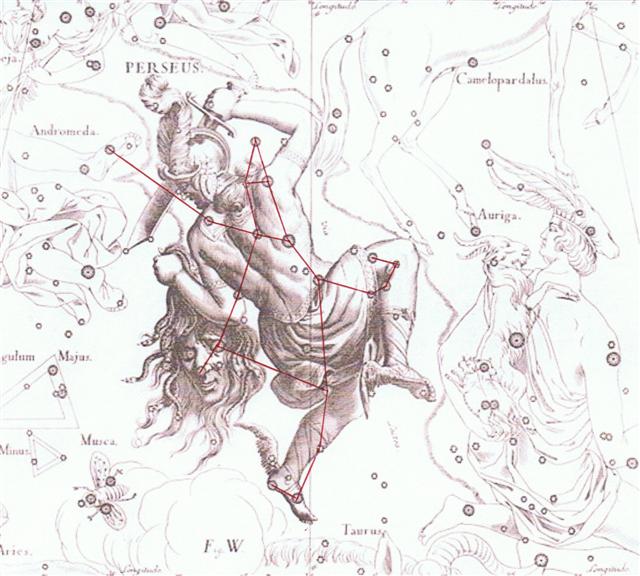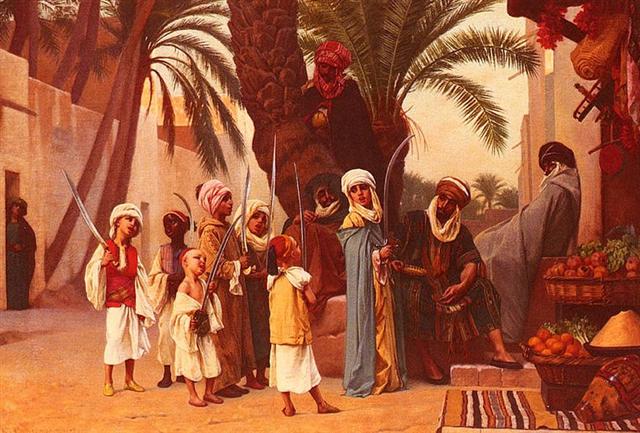The peculiarly unattractive number 37 can be explained as the difference between a pair of cubes:
... There are always several possibilities to consider when dealing with number markers. 37 days for the Sea voyage of the Explorers could alternatively have been a way to point out the distance from the First Point of Aries (*27) to the Heart in Scorpio (*64) ... At the time of rongorongo precession had moved the stars 4 days ahead in the year compared to the time when the Gregorian calendar was born, and suddenly the celestial machinery had once again put the ancient leader of the flock of significant stars (Hamal) at his proper place, at the beginning:
... From Sheratan to Aldebaran there were 148 (May 28) - 107 (April 17) = 121 ('May 1) - 80 ('March 21) = 41 days. This distance was the same at the time of rongorongo as in Roman times, at the time of the First Point of Aries ... ... Strassmeier and Epping, in their Astronomishes aus Babylon, say that there its stars formed the third of the twenty-eight ecliptic constellations, - Arku-sha-rishu-ku, literally the Back of the Head of Ku, - which had been established along that great circle milleniums before our era; and Lenormant quotes, as an individual title from cuneiform inscriptions, Dil-kar, the Proclaimer of Dawn, that Jensen reads As-kar, and others Dil-gan, the Messenger of Light. George Smith inferred from the tablets that it might be the Star of the Flocks; while other Euphratean names have been Lu-lim, or Lu-nit, the Ram's Eye; and Si-mal or Si-mul, the Horn star, which came down even to late astrology as the Ram's Horn. It also was Anuv, and had its constellation's titles I-ku and I-ku-u, - by abbreviation Ku, - the Prince, or the Leading One, the Ram that led the heavenly flock, some of íts titles at a different date being applied to Capella of Auriga. Brown associates it with Aloros, the first of the ten mythical kings of Akkad anterior to the Deluge, the duration of whose reigns proportionately coincided with the distances apart of the ten chief ecliptic stars beginning with Hamal, and he deduces from this kingly title the Assyrian Ailuv, and hence the Hebrew Ayil; the other stars corresponding to the other mythical kings being Alcyone, Aldebaran, Pollux, Regulus, Spica, Antares, Algenib, Deneb Algedi, and Scheat ...
... On February 9 the Chorti Ah K'in, 'diviners', begin the agricultural year. Both the 260-day cycle and the solar year are used in setting dates for religious and agricultural ceremonies, especially when those rituals fall at the same time in both calendars. The ceremony begins when the diviners go to a sacred spring where they choose five stones with the proper shape and color. These stones will mark the five positions of the sacred cosmogram created by the ritual. When the stones are brought back to the ceremonial house, two diviners start the ritual by placing the stones on a table in a careful pattern that reproduces the schematic of the universe. At the same time, helpers under the table replace last year's diagram with the new one. They believe that by placing the cosmic diagram under the base of God at the center of the world they demonstrate that God dominates the universe. The priests place the stones in a very particular order. First the stone that corresponds to the sun in the eastern, sunrise position of summer solstice is set down; then the stone corresponding to the western, sunset position of the same solstice. This is followed by stones representing the western, sunset position of the winter solstice, then its eastern, sunrise position. Together these four stones form a square. They sit at the four corners of the square just as we saw in the Creation story from the Classic period and in the Popol Vuh. Finally, the center stone is placed to form the ancient five-point sign modern researchers called the quincunx ... The 5 stones in the cosmogram of the Chorti Ah K'in diviners could have been connected with FEBRUARY 9 (day 41 if counted from DECEMBER 31) and they could have been related to the other stones (stars), those in the Pleiades. 5 + 6 + 1 = 12:
Hevelius has Alseiph at the right foot of Andromeda, not in Perseus, and it looks as if he had cut through the connection between Andromeda and Perseus:
The person responsible for cutting off well ordered sequences of days ought to have been Chronos (Time) = Kronos (Saturn), I think. ... To follow up the long and laborious way leading from Rigvedic Mitrāvaruna (dual) to the latest days of the Roman Empire where we still find a gloss saying 'mithra funis, quo navis media vincitur' - 'mithra is the rope, by which the middle of the ship is bound', would overstep the frame of this essay by far. Robert Eisler relying upon his vast material, connected this fetter or 'rope', mithra, right away with the 'ship's belt' from the tenth book of Plato's Republic. Of the inseparable dual Mitrāvaruna, Varuna is still of greater relevance, particularly because it is he who 'surveyed the first creation' (RV 8.41.10), he who hid the Ocean - Ovid had it that the sources of the Nile were hidden - and he who is himself called 'the hidden Ocean' (RV 8.41.8). Varuna states about himself: 'I fastened the sky to the seat of the Rita' (RV 4.42.2). And at that 'seat of Rita' we find Svarnara, said to be 'the name of the celestial spring ... which Soma selected as his dwelling'.¹ ¹ ... Soma is addressed as 'lord of the poles', and to Agni is given the epithet svarnaram thrice ... But we did hear about 'Agni, like the felly the spokes, so you surround all the gods', and Soma and Agni supplement each other ... This is no other 'thing' than Hvarna (Babylonian melammu) which the 'bad uncle' Afrasiyab attempted to steal by diving to the bottom ot Lake Vurukasha, although Hvarna belonged to Kai Khusrau ... Thus in whichever dialect the phenomenon is spelled out, the fallen ruler of the Golden Age is held to dwell nearest to the celestial South Pole, particularly in Canopus which marks the steering oar of Argo, Canopus at the 'confluence of the rivers'. This is true whether Varuna fastened the sky to the seat of the Rita (and his own seat), whether Enki-Ea-Enmesharra, dwelling in Eridu, held all the norms and measures (Rita, Sumerian me: Akkadian: parsu) - Thorkild Jacobsen called him very appropriately the 'Lord modus operandi' - or whether Kronos-Saturn kept giving 'all the measures of the whole creation' to Zeus while he himself slept in Ogygia-the-primeval ...
|
||||||||||||||||||||||||||||||||||||||||||||||||||||||||||||||||||||||||||||||||||||||||||||||||||||||||||||||||||||||||||||||||||











